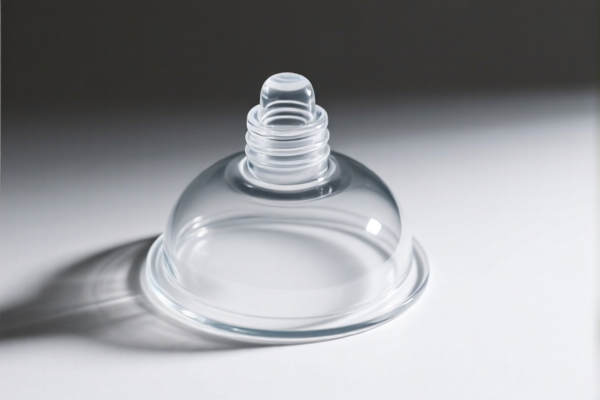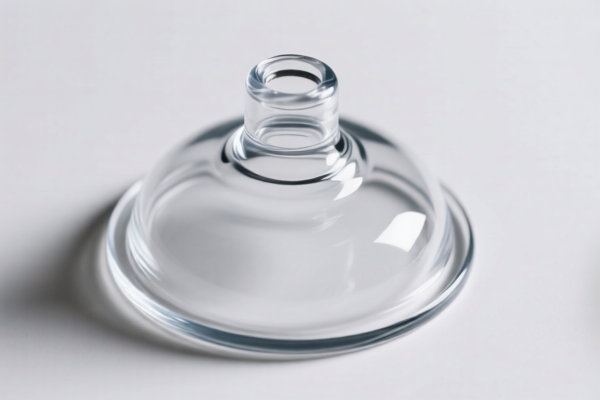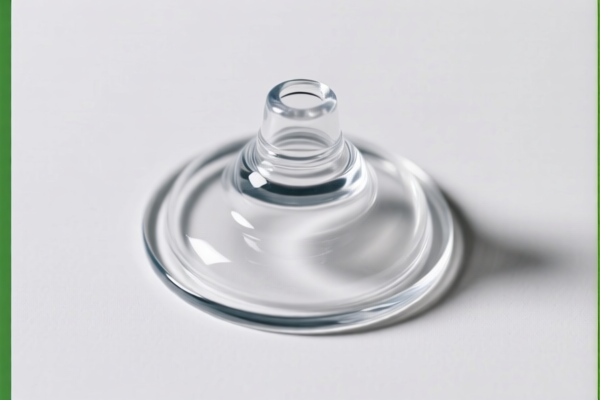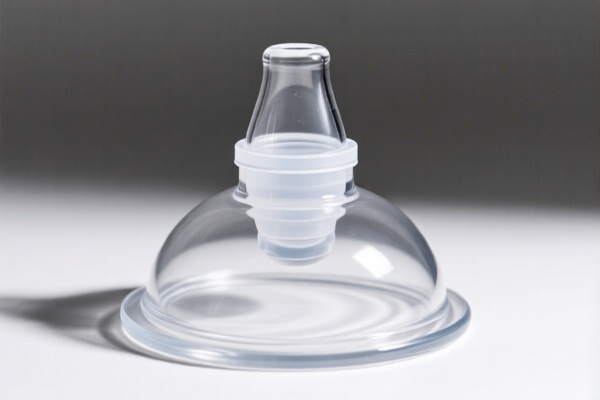| HS Code | Official Doc | Tariff Rate | Origin | Destination | Effective Date |
|---|---|---|---|---|---|
| 7003190000 | Doc | 56.3% | CN | US | 2025-05-12 |
| 7003120000 | Doc | 56.4% | CN | US | 2025-05-12 |
| 7006001000 | Doc | 63.8% | CN | US | 2025-05-12 |
| 7006004050 | Doc | 59.9% | CN | US | 2025-05-12 |
| 7020006000 | Doc | 60.0% | CN | US | 2025-05-12 |
| 7020003000 | Doc | 55.0% | CN | US | 2025-05-12 |
| 9617006000 | Doc | 37.2% | CN | US | 2025-05-12 |
| 7010905005 | Doc | 55.0% | CN | US | 2025-05-12 |
| 7010905055 | Doc | 55.0% | CN | US | 2025-05-12 |
| 7013492090 | Doc | 60.0% | CN | US | 2025-05-12 |
| 7013993000 | Doc | 46.5% | CN | US | 2025-05-12 |




Glass Suction
Glass suction refers to the process of creating a vacuum between a glass surface and another object to adhere them together. This principle is leveraged in a variety of applications, ranging from simple household tools to complex industrial processes.
Material:
The core material involved is glass, typically soda-lime glass due to its cost-effectiveness and ease of shaping. However, specialized glasses like borosilicate glass (Pyrex) can be used for applications requiring higher temperature resistance or chemical stability. The second material involved is the object being adhered to the glass – this can be metal, plastic, wood, or even another glass surface.
Purpose:
The primary purpose of glass suction is to provide a temporary or semi-permanent bond between surfaces without the use of adhesives. This is particularly useful when:
- A clean release is required.
- The surfaces are delicate or easily damaged.
- Reusability is important.
- Adhesives are unsuitable for the environment (e.g., high temperatures, corrosive substances).
Function:
The functionality relies on the pressure differential created by removing air from the space between the glass and the adhering object. Atmospheric pressure then forces the surfaces together. Key aspects of the function include:
- Seal: A tight seal between the glass and the adhering surface is critical to maintain the vacuum.
- Vacuum: The degree of vacuum achieved dictates the holding force. Higher vacuum = stronger hold.
- Surface Smoothness: Relatively smooth surfaces are required for effective sealing. Significant irregularities prevent a complete vacuum.
- Air Tightness: The glass surface and the object it's adhering to must be airtight to maintain the vacuum.
Usage Scenarios:
- Glass Handling: Industrial robots and manual lifting tools use glass suction cups to move sheets of glass during manufacturing and installation.
- Automotive: Windshield mounting for GPS devices, dashcams, and phone holders.
- Household: Window cleaning tools, shower caddies, soap dishes, and decorative items.
- Medical: Suction cups for various therapeutic and diagnostic applications.
- Construction: Temporary mounting of glass panels during installation.
- Scientific Equipment: Holding samples in place during experiments.
Common Types:
- Suction Cups: The most common form. Typically made of rubber, silicone, or polyurethane with a flexible lip to create a seal. These can be simple, single-use cups or more complex designs with levers or pumps to create and release the vacuum.
- Vacuum Grippers: Used in automated systems. These utilize a vacuum pump and a sealed cup to lift and move objects. Can be pneumatic (air-powered) or electric.
- Glass Locating Systems: Utilize a series of small vacuum cups to precisely position glass panels during manufacturing or assembly.
- Direct Vacuum Systems: Involve creating a vacuum directly on the glass surface using a port or channel. Often used in specialized industrial applications.
- Magnetic Suction Cups: While not purely glass suction, these combine a magnetic base with a suction cup for enhanced holding power on ferrous metal surfaces.
Based on the provided information, “glass suction” can be interpreted as glass articles used for creating suction, potentially for various applications. Here's a breakdown of relevant HS codes and associated details:
- 7010.90.50.05: This HS code covers carboys, bottles, flasks, jars, pots, vials, ampoules and other containers, of glass, of a kind used for the conveyance or packing of goods; preserving jars of glass; stoppers, lids and other closures, of glass. Specifically, it refers to “Other containers (with or without their closures) Of a capacity exceeding 1 liter: Having a mouth with an outer diameter of
38 mm or more”. If the “glass suction” item is a container exceeding 1 liter with a mouth diameter of 38mm or more, this code applies. The total tax rate is 55.0%. - 7010.90.50.55: This HS code also covers carboys, bottles, flasks, jars, pots, vials, ampoules and other containers, of glass, used for conveyance or packing. However, it specifies “Other containers (with or without their closures) Of a capacity not exceeding 0.118 liter”. If the “glass suction” item is a smaller container (0.118 liter or less), this code is relevant. The total tax rate is 55.0%.
- 7013.49.20.90: This HS code covers glassware of a kind used for table, kitchen, toilet, office, indoor decoration or similar purposes. Specifically, it refers to “Glassware of a kind used for table (other than drinking glasses) or kitchen purposes, other than of glass-ceramics: Other: Other: Valued not over $3 each”. If the “glass suction” item is a table or kitchen item valued at $3 or less, this code may apply. The total tax rate is 60.0%.
- 7013.99.30.00: This HS code covers other glassware used for various purposes. Specifically, it refers to “Other glassware: Other: Other: Smokers' articles; perfume bottles fitted with ground glass stoppers”. If the “glass suction” item falls into this category, this code is relevant. The total tax rate is 46.5%.
It is important to note that the correct HS code depends on the specific characteristics of the “glass suction” item, including its size, intended use, and value.
Regarding HS code 7010.90.50.05 and 7010.90.50.55, please note that these codes relate to containers used for conveyance or packing of goods. If the item is not used for this purpose, these codes may not be applicable.
Customer Reviews
No reviews yet.